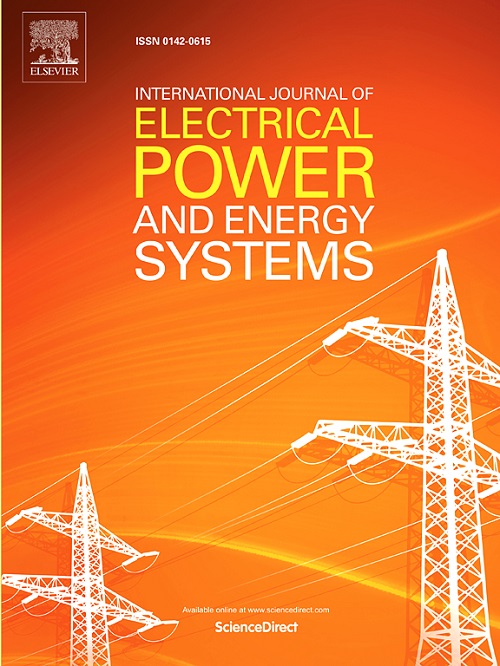具有两态退化和技术陈旧的系统的最优替换时间估计
IF 5
2区 工程技术
Q1 ENGINEERING, ELECTRICAL & ELECTRONIC
International Journal of Electrical Power & Energy Systems
Pub Date : 2025-09-24
DOI:10.1016/j.ijepes.2025.111137
引用次数: 0
摘要
本文提出了一种在考虑技术陈旧的情况下估计两态退化系统最优替换时间的方法。我们将这种方法应用于电缆接头,其中两种状态代表功能状态和以局部放电活动为特征的退化状态。利用在线局部放电监测和历史故障记录的10多年数据,我们估计了统计生存模型的参数。然后使用这些模型来模拟有限时间范围内的降解过程和相关成本,从而确定最佳更换时间。我们用两个用例来说明这些方法:一个用例中,立即更换是最优的,另一个用例中,延迟更换产生最佳结果。为了量化最优替换时间的不确定性,我们在仿真过程中采用了自举法和delta法。本文章由计算机程序翻译,如有差异,请以英文原文为准。
Estimating optimal replacement time for systems with two-state degradation and technological obsolescence
This paper presents a method to estimate the optimal replacement time of systems subject to two-state degradation processes while accounting for technological obsolescence. We apply this method to cable joints, where the two states represent a functional state and a degraded state characterized by partial discharge activity. Using more than 10 years of data from online partial discharge monitoring and historical failure records, we estimate the parameters for our statistical survival models. These models are then used to simulate degradation processes and associated costs over a finite time horizon, enabling the determination of the optimal replacement time. We illustrate the methods with two use cases: one in which immediate replacement is optimal and another in which delaying replacement yields the best outcome. To quantify the uncertainty in the optimal replacement time, we employed bootstrapping and the delta method during the simulation process.
求助全文
通过发布文献求助,成功后即可免费获取论文全文。
去求助
来源期刊
CiteScore
12.10
自引率
17.30%
发文量
1022
审稿时长
51 days
期刊介绍:
The journal covers theoretical developments in electrical power and energy systems and their applications. The coverage embraces: generation and network planning; reliability; long and short term operation; expert systems; neural networks; object oriented systems; system control centres; database and information systems; stock and parameter estimation; system security and adequacy; network theory, modelling and computation; small and large system dynamics; dynamic model identification; on-line control including load and switching control; protection; distribution systems; energy economics; impact of non-conventional systems; and man-machine interfaces.
As well as original research papers, the journal publishes short contributions, book reviews and conference reports. All papers are peer-reviewed by at least two referees.

 求助内容:
求助内容: 应助结果提醒方式:
应助结果提醒方式:


